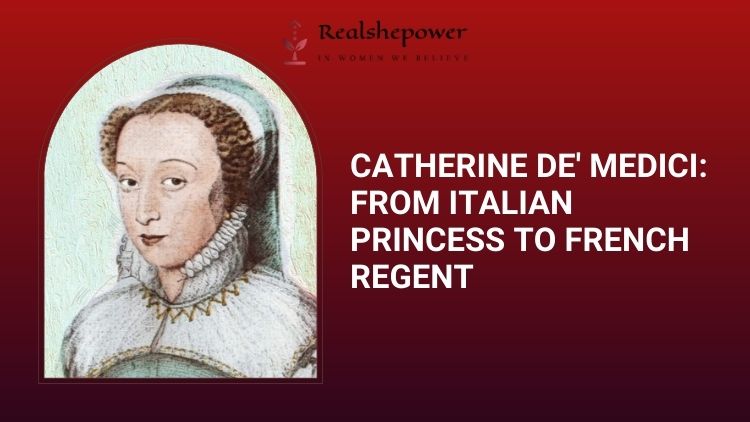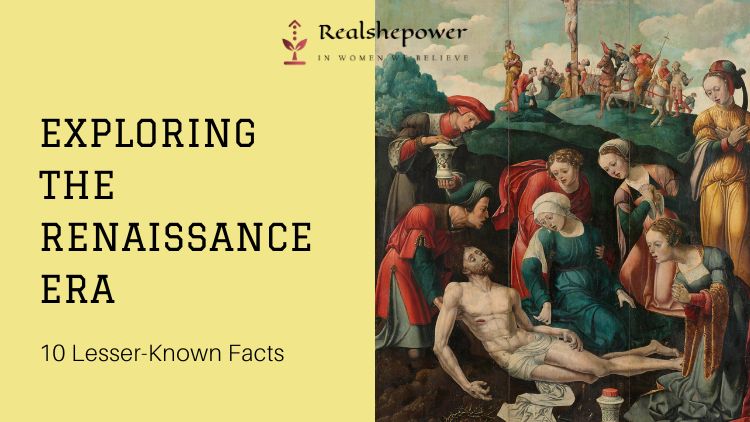Catherine de’ Medici: The Italian Queen Who Dominated French Politics


Catherine de’ Medici was one of the most powerful women in Renaissance Europe. She was an Italian-born French queen consort and regent who played a prominent role in French politics during the reigns of her three sons. Catherine was a fascinating figure whose life was filled with intrigue, political maneuvering, and tragedy. In this article, we will explore Catherine’s life, her reign as queen consort, her regency, and the legacy she left behind.
Table of Contents
Early Life and Marriage
Catherine was born into the wealthy and powerful Medici family in Florence, Italy. She was the daughter of Lorenzo de’ Medici, Duke of Urbino, and Madeleine de la Tour d’Auvergne. Catherine was just a baby when her mother died, and her father died when she was seven years old. After her father’s death, Catherine was raised by her aunt and uncle, who were also members of the Medici family.
In 1533, Catherine was married to Henry, the Duke of Orleans, who later became King Henry II of France. The marriage was arranged by Catherine’s uncle, Pope Clement VII, in an effort to strengthen ties between France and Italy. Catherine was just 14 years old at the time of her marriage, and she had a difficult time adjusting to life in France.
Role in French Politics
Catherine’s husband became king in 1547, and she quickly became involved in French politics. She was a key advisor to her husband, and after his death in 1559, she became regent for her son, King Francis II. Catherine played a prominent role in French politics for many years, serving as regent for three of her sons who ruled France: Francis II, Charles IX, and Henry III.
During her time as regent, Catherine faced many challenges. She was a staunch Catholic and had to deal with the growing Protestant movement in France. She was also faced with the challenge of maintaining French power in Europe, especially against the powerful Habsburg dynasty. Catherine was known for her skill as a diplomat, and she worked tirelessly to negotiate treaties and alliances with other European powers.
Catherine was also a patron of the arts and a lover of culture. She supported many artists and writers during her reign, including the famous playwright Pierre Corneille. She also built the Tuileries Palace in Paris, which became the residence of French monarchs for many years.
Facts about Catherine de’ Medici
- Catherine was known for her love of astrology and often consulted with astrologers to predict the future.
- She was responsible for the St. Bartholomew’s Day Massacre in 1572, in which thousands of Protestants were killed in Paris.
- Catherine was also known for her extravagant parties and feasts, which often featured live animals and exotic foods.
Legacy
Catherine de’ Medici was a controversial figure in French history, often portrayed as a ruthless and cunning politician. However, she was also a skilled diplomat and a patron of the arts. Her legacy is mixed, but she played an important role in French politics during a time of great upheaval and change.
Commonly Asked Questions:
Q. How many sons did Catherine de’ Medici have?
A. Catherine had ten children, seven of whom survived to adulthood.
Q. Was Catherine de’ Medici a Catholic or a Protestant?
A. Catherine was a devout Catholic and played a key role in the Catholic Counter-Reformation in France.
Q. What was Catherine de’ Medici’s role in French politics?
A. Catherine was regent for three of her sons who ruled France, and she played a prominent role in French politics for many years. She was a skilled diplomat and worked tirelessly to negotiate treaties and alliances with other European powers.
Conclusion
Catherine de’ Medici was a complex figure whose life and reign continue to fascinate historians and enthusiasts alike. Her role as an Italian-born French queen consort and regent during the Renaissance was significant and influential. Despite the controversies and tragedies that marked her reign, Catherine’s impact on French politics and culture is undeniable. By studying her life and legacy, we can gain a greater understanding of the complex political and social forces that shaped the Renaissance era.
Resources
If you’re interested in learning more about Catherine de’ Medici, here are a few resources to check out:
- “Catherine de’ Medici: Renaissance Queen of France” by Leonie Frieda – This biography provides an in-depth look at Catherine’s life and role in French politics.
- “The Medici: Power, Money, and Ambition in the Italian Renaissance” by Paul Strathern – This book explores the history of the Medici family, including Catherine’s upbringing and family history.
- “The Valois: Kings of France 1328-1589” by Robert Knecht – This book provides a comprehensive history of the Valois dynasty, including Catherine’s reign as queen consort and regent.
- “The St. Bartholomew’s Day Massacre: A Brief History with Documents” edited by Barbara Diefendorf – This book provides a detailed account of the St. Bartholomew’s Day Massacre, which was a turning point in Catherine’s reign as regent.
10 Interesting and Lesser-Known Facts About the Renaissance

Picture this: the year is 1500, and you’re strolling through the streets of Florence, Italy. The air is filled with the scent of fresh flowers and warm bread from the local bakery. You can hear the sound of horse-
